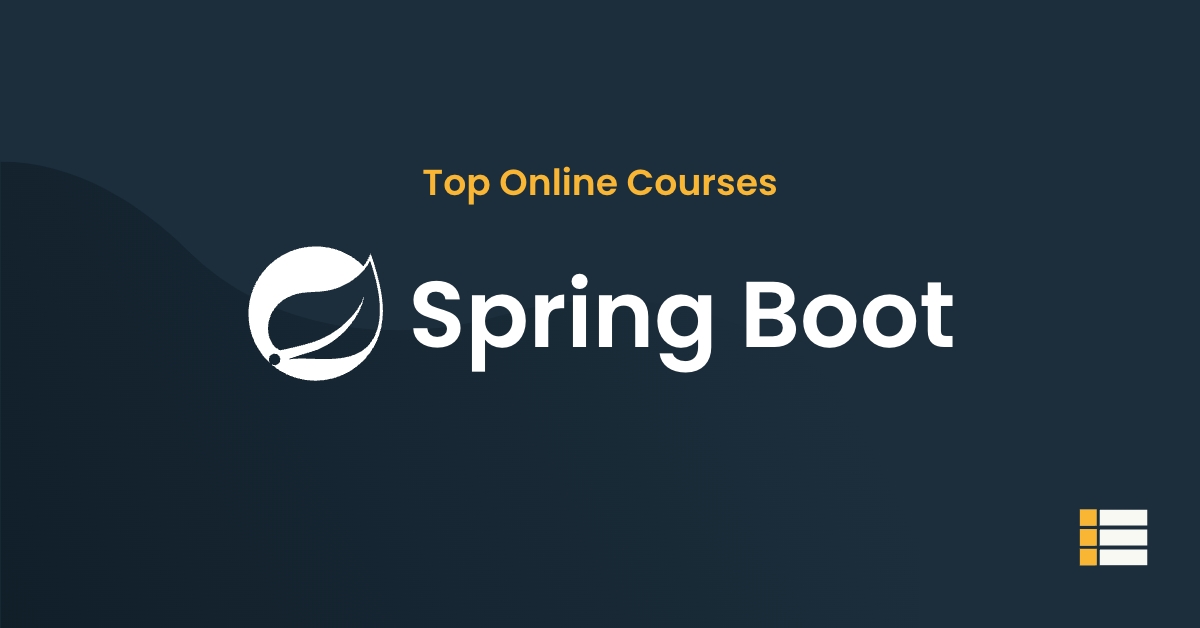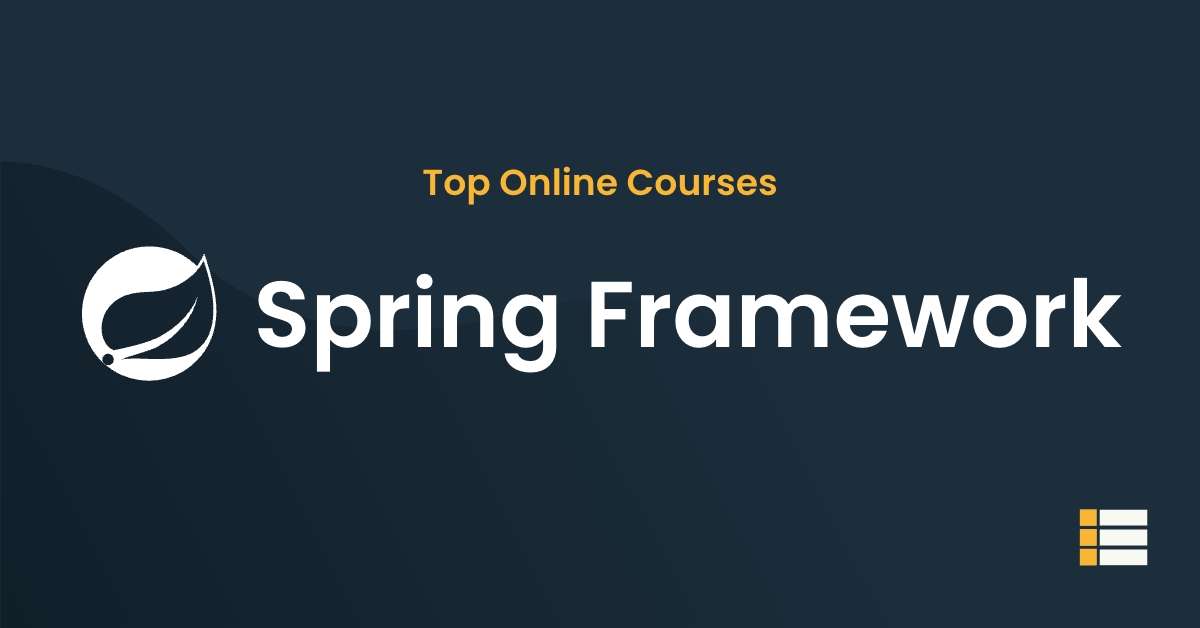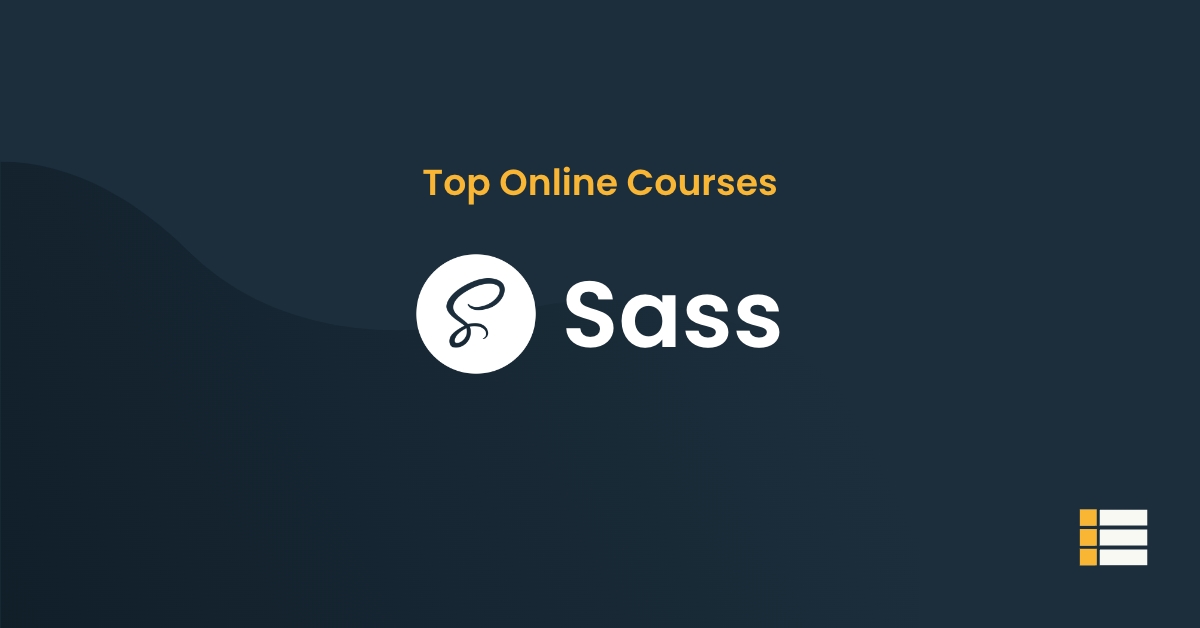An API is an application programming interface. It is a set of rules that allow programs to talk to each other.
The developer creates the API on the server and allows the client to talk to it.
REST is an architectural style for designing networked applications. It is not a standard or a protocol. REST is an approach to design that is based on four principles:
- Separation of concerns
- Statelessness
- Cacheability
- Layered system
If you want to learn more about REST API, read on to find out what it is and how it can help you.
Table of Contents
Learning REST API Online: A Student’s Guide
What is a REST API?
A REST API is an interface for accessing web resources that follows the principles of Representational State Transfer (REST).
A REST API exposes resources that can be accessed via HTTP methods such as GET, POST, PUT, and DELETE.
It can be used to access resources such as web pages, files, and databases.
A key advantage of a REST API is that it can be used to access resources that are located on different servers. This allows for a more modular and flexible architecture.
Another advantage of a REST API is that it is easy to use. This is due to the fact that the API is based on the HTTP protocol, which is a well-established and well-understood protocol.
Finally, a REST API is often more scalable than other types of APIs.
How can I learn to use a REST API?
There are many ways you can learn to use a specific REST API. One way is to find some documentation or tutorials specifically about the API you want to learn.
This can be done by searching for the API name and “documentation” or “tutorial”.
For example, if you want to learn how to use the GitHub API, a search for “GitHub API documentation” or “GitHub API tutorial” will bring up many helpful results.
Another way to learn how to use a REST API is by looking at the source code of existing projects that use the API. This can be done by searching for the API name and “example” or “sample”.
For example, a search for “Twitter API example” will bring up some code samples that show how to use the Twitter API. Examining how others have used an API can be a great way to learn how to use it yourself.
Once you have found some documentation or examples, the next step is to start making some requests to the API.
Most REST APIs use HTTP requests (GET, POST, PUT, etc.) to interact with resources. For example, you might use a GET request to fetch a list of resources, or a POST request to create a new resource.
Making requests to an API can sometimes be tricky, especially if you are new to using APIs. A good way to learn is to use a tool like Postman, which can help you make and test requests to an API.
Once you have a basic understanding of how to use a REST API, you can start to experiment and build things with it.
There are many different ways you can use an API, so it’s up to you to get creative and see what you can build!
How to choose a course to learn REST api?
When it comes to choosing a course to learn REST API, there are many factors that you need to consider before making your final decision. In this blog post, we will go over some of the most important factors that you should keep in mind when choosing a course to learn REST API.
- The course content – One of the most important factors that you need to consider when choosing a course to learn REST API is the course content. Make sure that the course covers all the aspects of REST API that you want to learn.
- The teaching style – Another important factor to consider is the teaching style of the course. Some people prefer to learn by watching video lectures, while others prefer to learn by reading texts or listening to audio lectures. Choose a course that uses a teaching style that you are comfortable with.
- The price – Of course, you also need to consider the price of the course. There is no need to spend a lot of money on a paid course if you can find a good quality one at a lower price.
- The course length _ When choosing a course to learn REST API, you also need to consider the length of the course. If you want to learn the basics of REST API, you can choose a shorter course. But if you want to learn more advanced topics, you need to choose a course that is longer.
- The course schedule – Last but not least, you need to consider the schedule of the course. Choose a course that fits your schedule and that you can commit to.
These are the most important factors that you need to consider when choosing a course to learn REST API. Keep these factors in mind and you will be able to choose the best course for you.
Frequently Asked Questions
What is the best way to learn REST API?
There is no one-size-fits-all answer to this question, as the best way to learn REST API depends on your prior experience and knowledge. However, some recommended ways to learn REST API include reading books or articles on the topic, taking an online course, or attending a training session.
Is there any certification for REST API?
There is no one specific certification for REST API, but there are many different ways to learn and use REST API. One way to learn about REST API is through online courses or tutorials. There are also many books that can help you learn REST API.
How long does it take to learn REST API?
REST API is not a difficult concept to learn, and with some basic knowledge of web development, one can pick up the basics of how to use a REST API in a matter of minutes. However, to truly master REST API and learn how to utilize its full potential can take significantly longer, depending on the person's level of experience and expertise.
Is REST API difficult to learn?
REST API is not difficult to learn. However, it does require some understanding of web programming concepts. If you are not familiar with these concepts, you may find it difficult to learn REST API.
What are the 5 principles for a RESTful API?
The 5 principles for a RESTful API are:
1. Resource identification through URI
2. Representational state transfer
3. Resource manipulation through HTTP methods
4. Hypermedia as the engine of application state
5. Security
What REST API means?
REST API stands for Representational State Transfer. It is an architectural style for distributed systems and is typically used for web services. The main idea behind REST is that it is a stateless, client-server protocol, which means that each request from a client is independent of any other request. This allows for scalability and flexibility when implementing web services.
What is the difference between a REST API and a regular API?
There are a few key differences between a REST API and a regular API:
1. REST APIs are typically built using the HTTP protocol, which means they can be accessed via a URL. This makes them much easier to use than regular APIs, which often require special software or libraries.
2. REST APIs are usually designed to return data in a format that is easy to parse and use, such as JSON or XML. This makes them much more efficient than regular APIs, which often return data in a more difficult-to-use format.
3. REST APIs are often designed to be stateless, which means that each request is independent of any other request. This makes them much easier to scale than regular APIs, which often have to maintain state information.
Why is REST API used?
REST API is popular because it is simple to use, and it runs on most web servers. In addition, REST API is often used to create mobile applications that require data from a server.
Conclusion
As the internet becomes more connected, so do the applications that we use. Learning how to use a REST API can be a great way to streamline your workflow. There are many online resources that can help you learn REST API.
JSONPlaceholder is a great place to start. It is a simple, free, and easy to use API that returns JSON data.
Once you have learned the basics of how to use a REST API, you can move on to more advanced topics such as authentication, authorization, and rate limiting.


 Online course by
in28Minutes Official
Online course by
in28Minutes Official
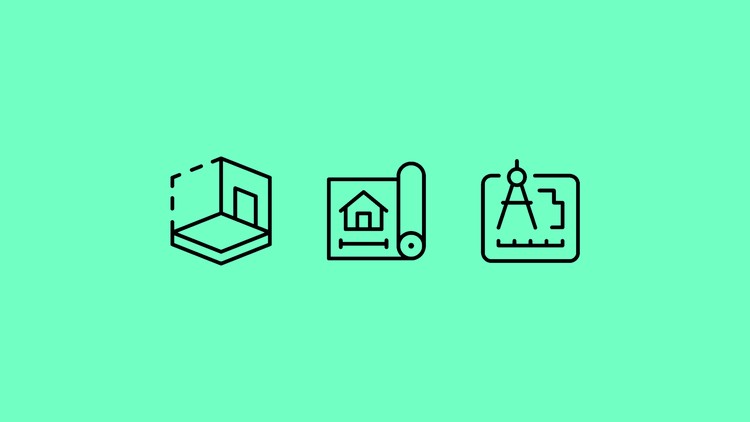
 Online course by
Memi Lavi
Online course by
Memi Lavi

 Online course by
Devasena T
Online course by
Devasena T

 Online course by
Asfend Yar Hamid
Online course by
Asfend Yar Hamid

 Online course by
Bharath Thippireddy
Online course by
Bharath Thippireddy

 Online course by
Preneure Media
Online course by
Preneure Media
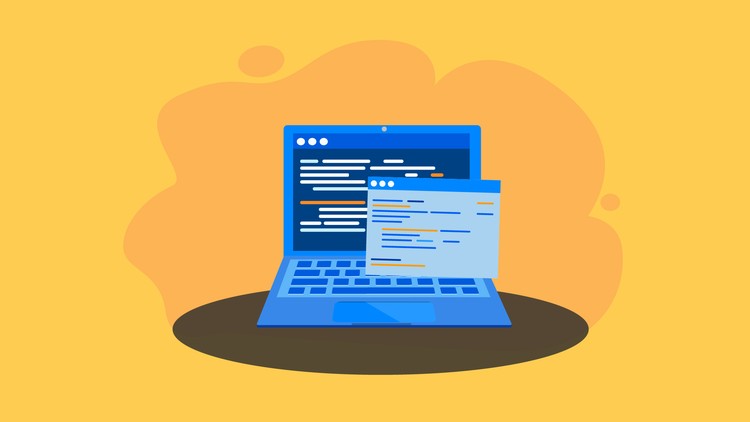
 Online course by
Aaron Craig
Online course by
Aaron Craig

 Online course by
Amey Saple
Online course by
Amey Saple

 Online course by
Dan Kwon
Online course by
Dan Kwon

 Online course by
Subhash Chandra Basavaraju
Online course by
Subhash Chandra Basavaraju

